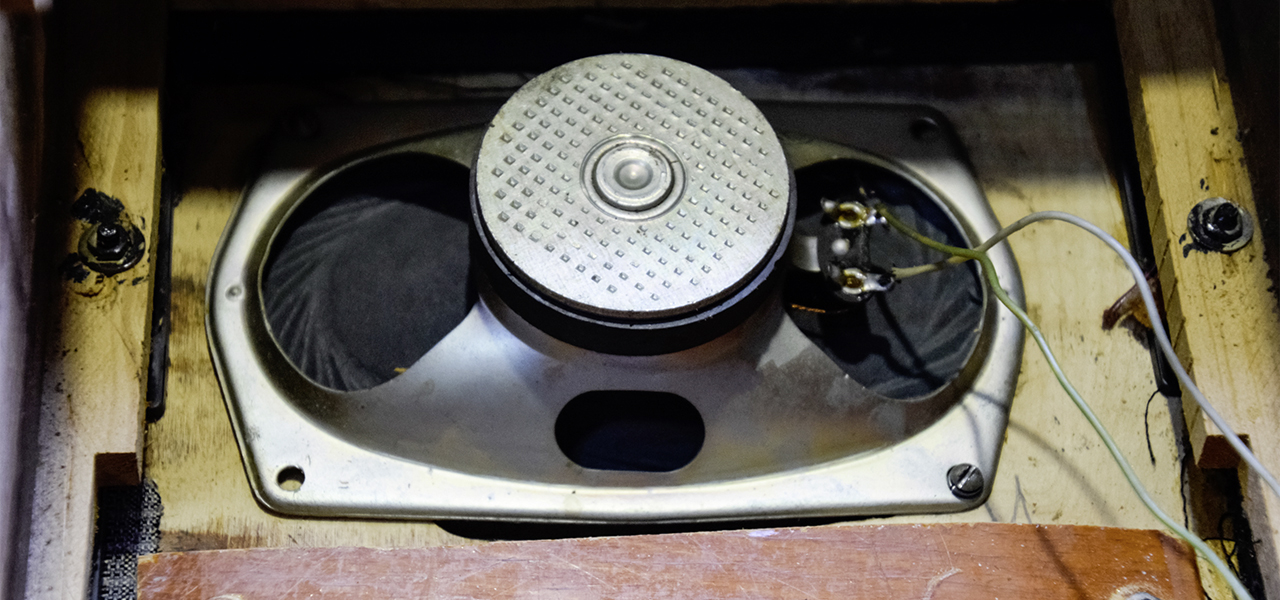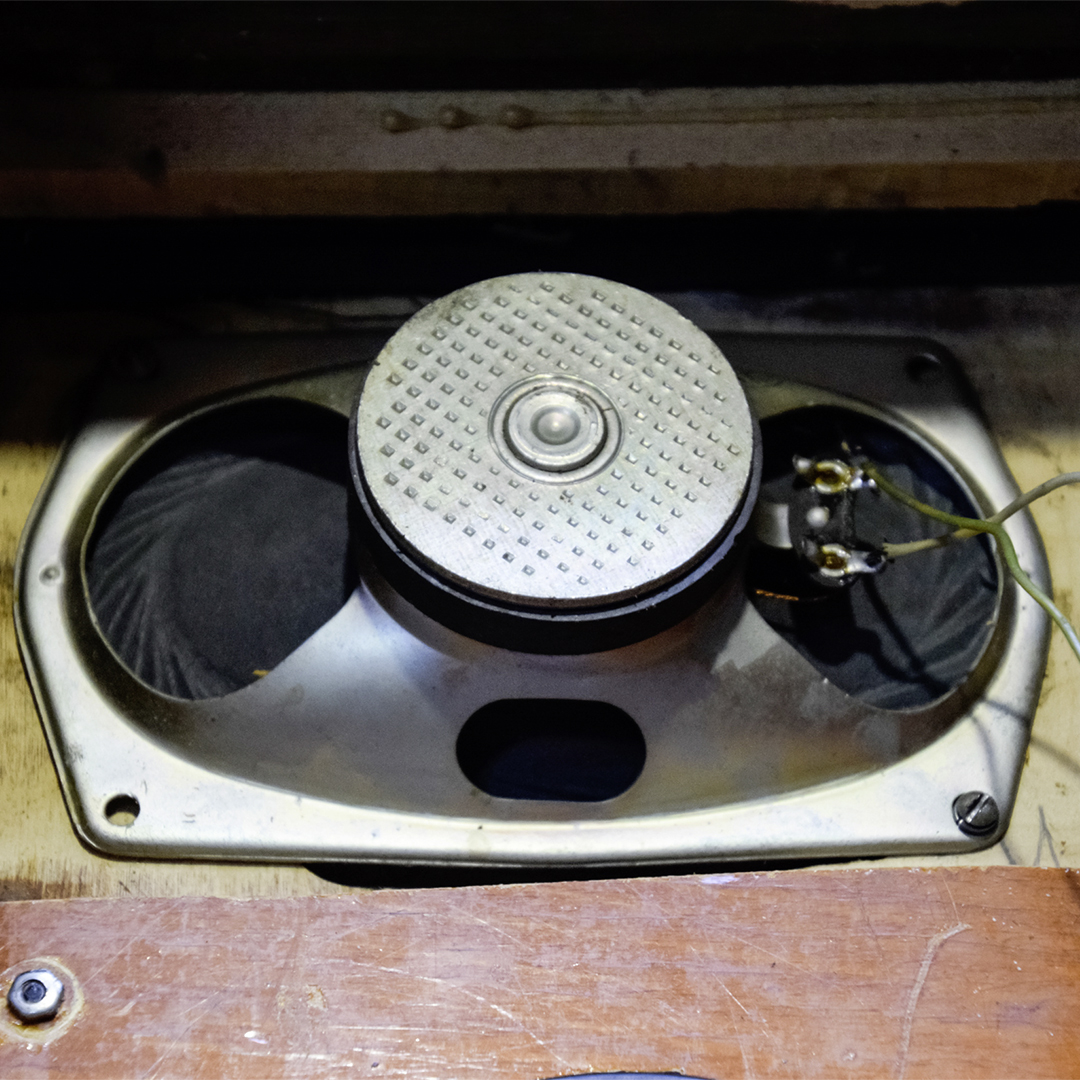
Cabinet vibrations and sound leaks
We explain how to deal with cabinet vibrations and sound leaks
It feels great to build something yourself that works well in the end. This ambition drives many DIY speaker builders. The more advanced among them often want to tease out the last bit of euphony from their speakers, make the frequency response a little more even, optimise the radiation pattern. In forums, these topics cause heated discussions. Beginners are therefore sometimes a little lost between technical jargon and high-level discussions. That is a pity, because we think that whoever backs out at that point, misses out on a great hobby. That is why we explain here two very central technical terms related to do-it-yourself speaker building: cabinet vibrations and sound leaks
Cabinet vibration: the problem with rear sound
When sound waves hit materials, they cause them to vibrate. This vibration, in turn, always has a natural resonance. Speakers always radiate sound energy in two directions:
From the cone forward, as it is supposed to.
From the cone to the rear.
The sound waves radiating backwards from the cone usually radiate into the speaker cabinet. An exception are speakers without a rear panel, so-called open baffles. Normally, however, speaker systems have a closed cabinet these days.
Due to the sound energy a speaker radiates to the rear, the cabinet walls of the speaker system also vibrate. The problem is here that vibrating cabinet walls are basically additional sound sources to the actual speaker.
The (unwanted) vibration of the cabinet of a speaker system is called cabinet vibration.
How much these additional, unwanted sound sources influence the sound of the speaker depends on the material or more precisely, on the density of the material. The distortion due to poor-quality cabinets can be immense.
Sound leaks: the problem with the cabinet
Ideally, the sound radiates forward in a consistent cone only through the speaker cone and the corresponding opening in the cabinet. The opening is usually a bass-reflex tube, the horn opening or, as with your computer speakers, a hole with a speaker chassis and a covering. This creates a reasonably clear radiation pattern, also called directivity pattern. This radiation pattern is important for planning the PA application and positioning of the speaker cabinets. The cabinet must therefore be designed and built in such a way that the sound only exits exactly where it is supposed to, i.e. in front of the cone. Sound that seeps through elsewhere is a sound leak. These sound leaks interfere with the directivity of the speaker and thus make the sound inconsistent.
The solution: cabinet material and workmanship
Both problems, cabinet vibration and sound leaks, are directly related to the material of the cabinet. It should:
have a high density
- provide good inside damping
Beginners often think they can save money on the cabinet. But very cheap wood, such as raw chipboard, is not dense enough and causes more unwanted vibration. In addition, the cut edges of cheap wood are often very coarse-pored, which in turn promotes sound leaks.
A high-quality cabinet should therefore be made of a high-density wood, such as oak or beech. This not only insulates, but due to its mere weight and mass, it often has less vibration than lighter woods. An example of good workmanship would be solid oak, glued together with lamellos (flat dowels or wooden biscuits) and supported by ring reinforcements. You can also reinforce the entire surface of the cabinet walls from the inside with medium density fibreboard (also known as MDF). You can greatly reduce cabinet vibration by reinforcing the cabinet. There are also differences in wood glue; it is best to ask a carpenter for advice.
The acoustic applicability for speaker cabinets depends not only on the density and mass of the material
In addition, the absorption capacity and elasticity are also important. Metal plates are heavy but very elastic and absorb almost no sound. So if you would build a speaker cabinet out of metal panels, it would rattle. This can also happen with some types of wood, of which we have provided an overview below. By the way, these differences are also audible with instruments made of different woods, such as guitars and woodwind instruments. However, this topic is often discussed very subjectively. For do-it-yourself speaker cabinets, oak is a good starting point.
The density of different types of wood, an overview in ascending order
| Spruce | 470 | too elastic* |
| Pine | 520 | too elastic* |
| Larch | 590 | too elastic* |
| Sipo | 590 | acceptable |
| Birch | 650 | acceptable |
| Oak | 670 | acceptable |
| Beech | 690 | acceptable |
| Ash | 690 | acceptable |
| Robinia | 730 | acceptable |
| Azobé | 1060 | acceptable |
*Kiln-dried density below 550 kg/m³
Maple, alder, cherry, lime and fir also tend to be elastic. This does not mean that speaker cabinets made of these woods are impossible or always bad, but more reinforcement measures are then required.
Inside damping against standing waves: the next level
Although the material from which the housing is made already insulates, you can also work with insulating material in the cabinet itself. The standard materials are wedge foam, felt, Basotect, self-adhesive bitumen sheets or large-pored materials that act against the standing sound waves in the cabinet. Standing waves are sound waves that are exactly as long as the distance between the cabinet walls. These can cause considerable interferences in the frequency response. This is because standing waves press on the cone inside the cabinet, thus acting as a resistor and, via the coil, also on the AC resistance. Even a little damping material can make a big difference. You should experiment a little here.
Caution, do not use rock wool or glass wool as they pose a high health risk.
Professionals can influence the sound of a speaker cabinet very precisely with suitable inside damping, but this requires advanced knowledge. As a general rule, you can loosely fill the standard closed speaker cabinet completely without applying pressure. In bass reflex speakers, leave the space behind the bass-reflex tube open.
If you want to take your first steps in the field of do-it-yourself speakers, you might be interested in the open-baffle design, a speaker without a rear panel.
Headergraphic: © FOlga – Adobe Stock

